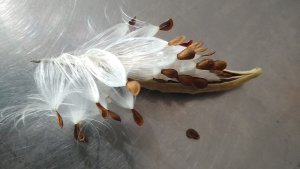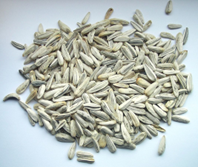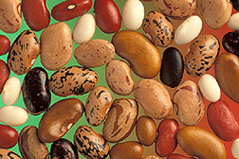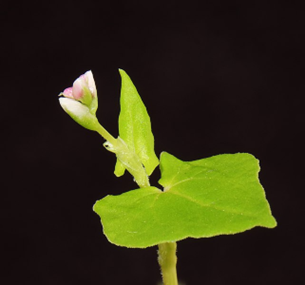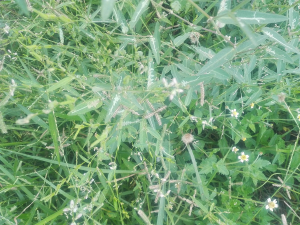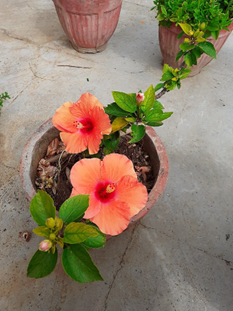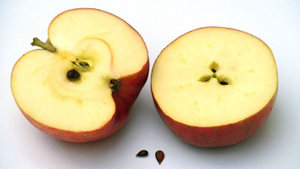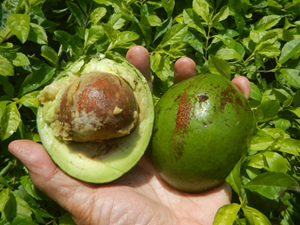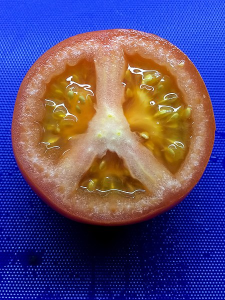- Science
- Grade KG
- Organisms and environments
Science.K.13.C
identify and record the changes from seed, seedling, plant, flower, and fruit in a simple plant life cycle; and

Knowledge and Skills Statement
The following is an example of how to assess proficiency of this student expectation (SE) or a portion of the SE.
For this student expectation, students should be given opportunities to observe plants that go through a straightforward life cycle. Provide students with images of the stages of a plant life cycle. Ask students to find the seed and glue it at the top of a page in their notebook. Next, ask students to identify the seedling picture and glue it beneath the seed picture. Continue the process until all pictures are glued in.
Have students describe how the pictures change. They should be able to explain that if they plant a bell pepper seed, the seed will grow into a seedling (baby plant), then into an adult plant. They should then observe flowers on the adult plant which later turn into the fruit. Have students share their observations of changes with the class and record observations between each stage on a class chart.
The further explanation is designed to be a resource for educators that helps them better understand the topic their students are learning. Further explanations may be written at a more complex level than would be expected for students at the grade level.
Not all plants have a simple plant life cycle. Mosses and ferns reproduce by spores, not by flowers and fruit. The life cycles for all flowering plants are similar. Examples of seeds include rice, corn, beans, watermelon seeds, dandelion fluff, acorns, and the centers of avocadoes and peaches.
| Butterfly Weed Seed | Sunflower Seeds | Bean Seeds |
A seedling is an immature plant that first sprouts and begins to grow from the seed. The plant is fully functioning and mature, able to reproduce under the right conditions.
| Buckwheat seedling with first flower buds |
|
V.Boldychev, 1-month-old buckwheat seedling 02, CC BY-SA 4.0 |
The flower on a mature plant can be tiny, like grass flowers, huge, like a hibiscus, or in between. The flower shape, color, and scent help determine to how it is pollinated.
| Grass Flowers | Hibiscus Flowers |
The fruit of a plant is the part that contains the seeds such as apple, blueberry, squash, or tomato. The type of fruit produced help determine how the seeds are spread - by wind, water, or animals. Boundary: At this grade level, students are not expected to discuss seed dispersal.
| Apple fruit with seeds | Avocado fruit with seed | Tomato fruit with seeds |
|
Judgefloro, 2625Avocados of the Philippines fruits and seeds 08, CC0 1.0 |
Lee Ann Ratledge, Half of a sliced tomato on a blue background, CC BY 4.0 |
Research
Schussler, Elisabeth, and Jeff Winslow. 2007. “Drawing on Students’ Knowledge.” Science and Children: Primary Foundations 44, no. 5 (January 2007): 40–44. http://www.jstor.org/stable/43172930. Accessed November 17, 2022.
Summary: Science concepts like plant life cycles are often beyond a student's personal experiences. The article outlines a pre and post-assessment completed by elementary students when learning about plant life cycles. Students start by showing what they know or think about plant life cycles by drawing a picture of the cycle. Teachers can use these drawings as pre-assessments to look for students' misconceptions about the life cycle. Students may believe that the process ends with a dead plant. Students can then observe the life cycle of a plant and record observations and changes in their journals. A post-assessment should be given, having students draw what they have learned about plant life cycles.
Research
National Research Council. 2012. A Framework for K-12 Science Education: Practices, Crosscutting Concepts: Practices, Crosscutting Concepts, and Core Ideas. Washington: National Academies Press. https://doi.org/10.17226/13165.
Summary: In this chapter, it is explained that all living organisms change in ways that can be predicted. Plants, like animals, are produced by sexual reproduction in which two single cells join and then divide through the process of mitosis. From this point, seeds are produced in the fruiting bodies of the plant, which germinate and turn into a seedling, which grows into a mature plant that then reproduces. Early elementary school students are expected to understand that plants and animals have characteristics at each stage of development that can be predicted.

